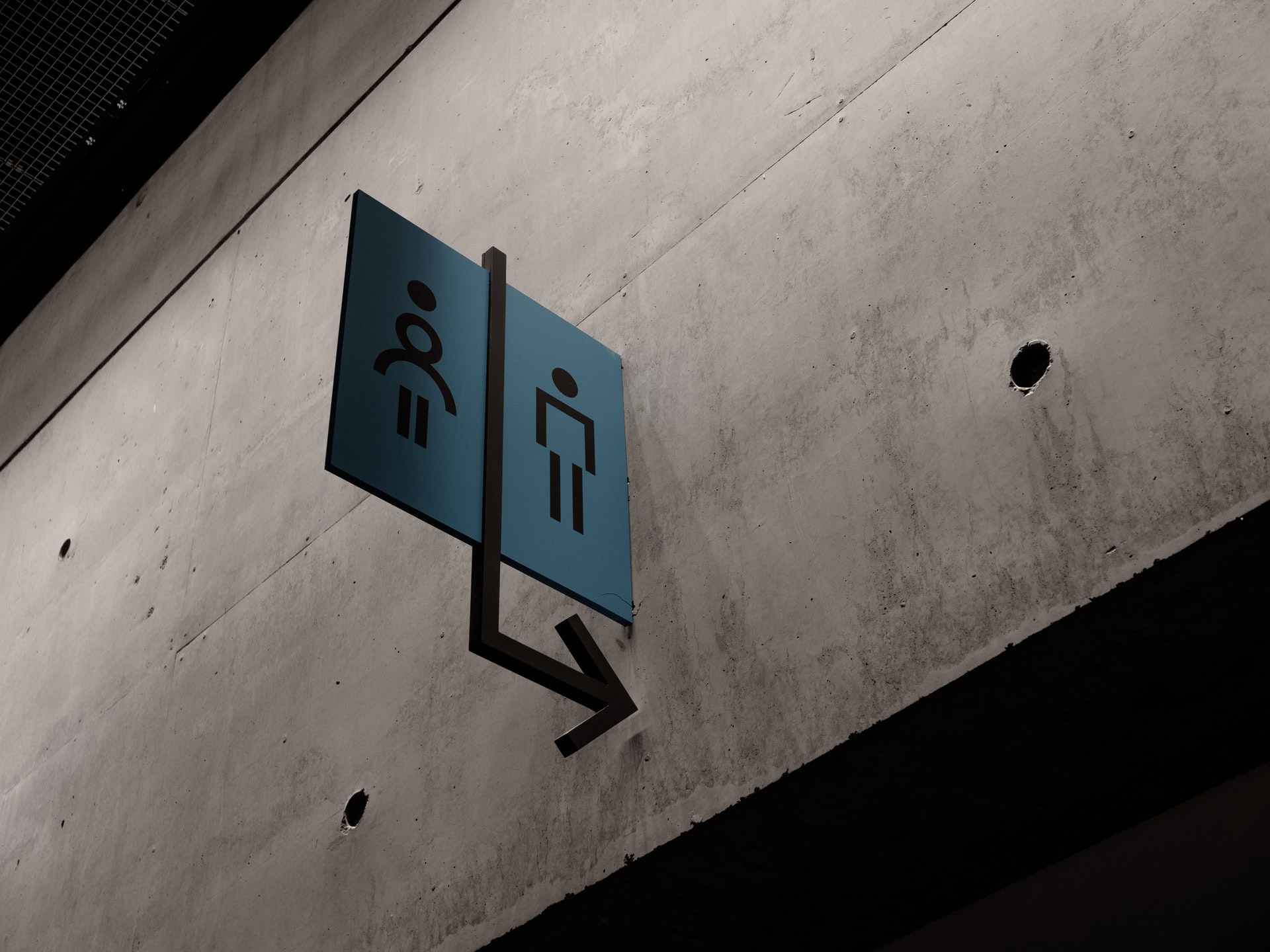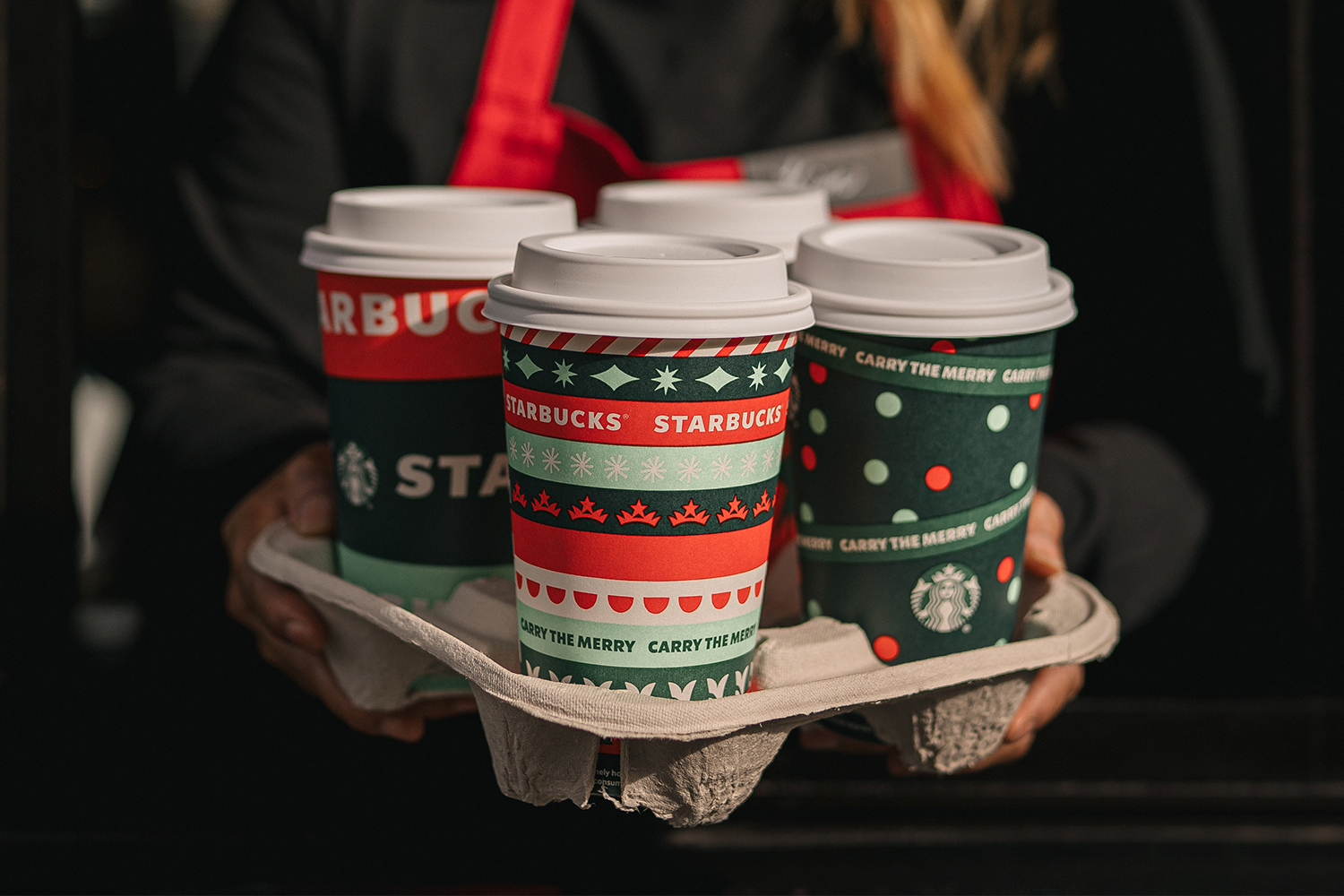In 2018 Starbucks changed its bathroom policy after two Black men were arrested in a Philadelphia store for “trespassing” — which amounted to one man asking if he could use the bathroom, getting denied and then waiting for his friend to show up.
At the time executive chairman Howard Schulz admitted the stores did not have a clear policy on who could use the bathroom, suggesting it was a “you could use if you buy something” deal but really up to the managers. After the Philly incident, Schulz had a change of heart, and the company even closed its stores temporarily and held a day of racial-bias training. “We don’t want to become a public bathroom, but we’re going to make the right decision 100% of the time and give people the key, because we don’t want anyone at Starbucks to feel as if we are not giving access to you to the bathroom,” said Schulz, as reported by USA Today.
Four years later, Schulz, now back as an interim CEO, has seemingly reversed course. During The New York Times DealBook D.C. policy forum (as reported by Detroit’s WWJ Newsradio 950), Schulz suggested the stores may go back to limiting bathroom access to protect employees’ mental health.
“There is an issue of just, safety, in our stores, in terms of people coming in who use our stores as a public bathroom,” he said. “We have to provide a safe environment for our people.” The store policy would revert back to paying customers only.
A 2019 study found monthly visits to Starbucks dropped 6.8% after the open-bathroom policy went into effect. Per Forbes, the study concluded, “The small number of non-paying visitors who do linger and use tables and bathrooms have an outsized effect on the total number of visitors, who either stop coming and/or spend less time in the store,” the study says. “It’s unlikely that moving from the quasi-public bathroom policy to a completely open public bathroom has benefited Starbucks unless the customers increased their purchase significantly. … None of this considers any extra staffing costs involved in greater bathroom maintenance.”
There’s probably no right answer here, although the United States is particularly bad at providing public bathrooms and desperate people, unhoused or non-paying customers or whoever, are left with few options. At the same time, it’s not ideal for Starbucks employees to regulate bathroom usage. And state laws vary. What we can say is that the company definitely should not go back to calling the police on people who aren’t creating any sort of danger for its employees.
Thanks for reading InsideHook. Sign up for our daily newsletter and be in the know.

















